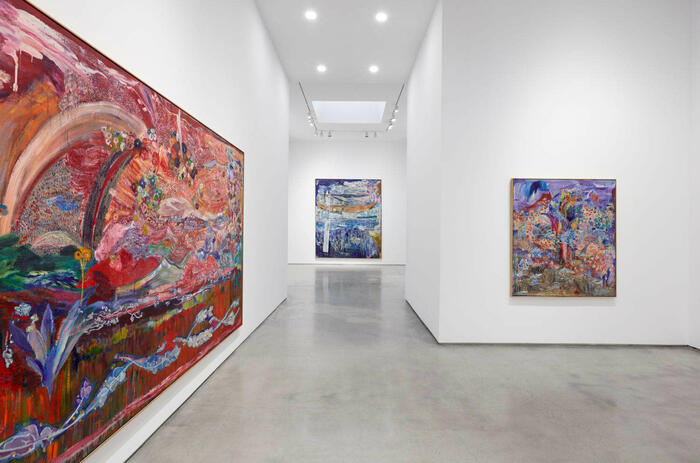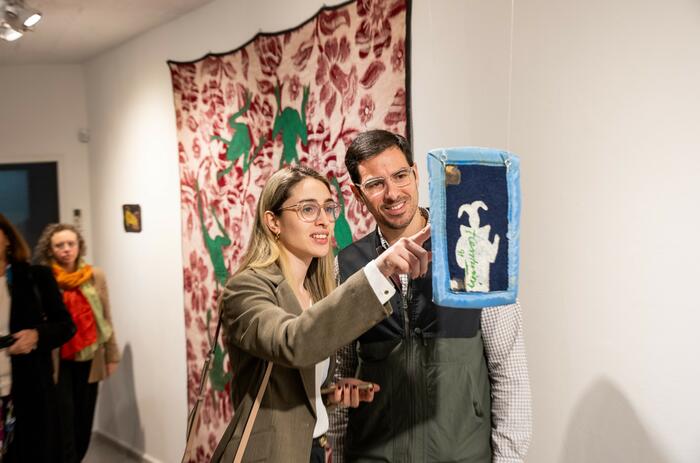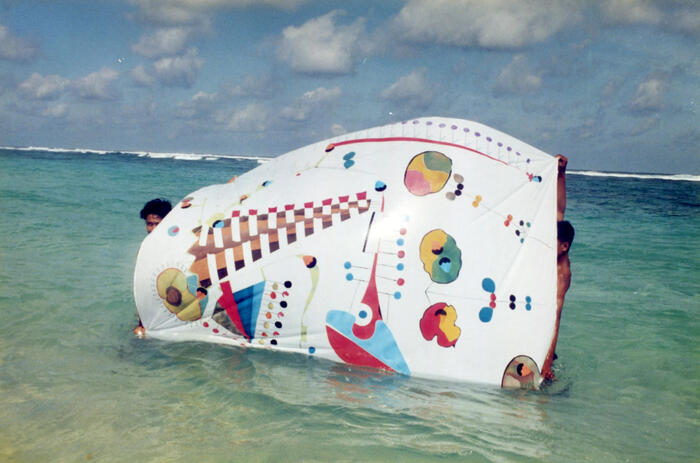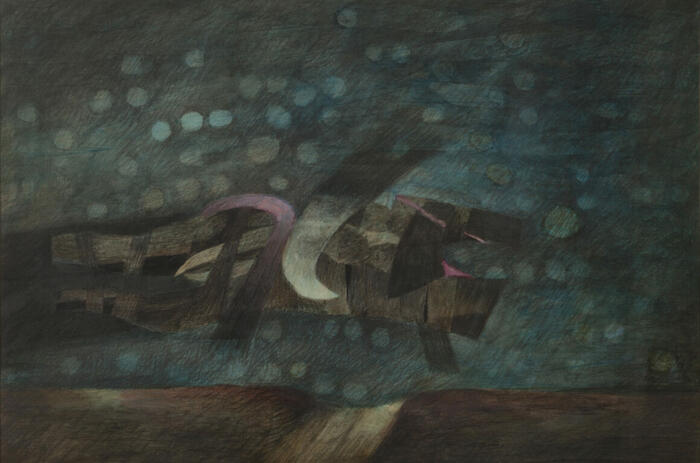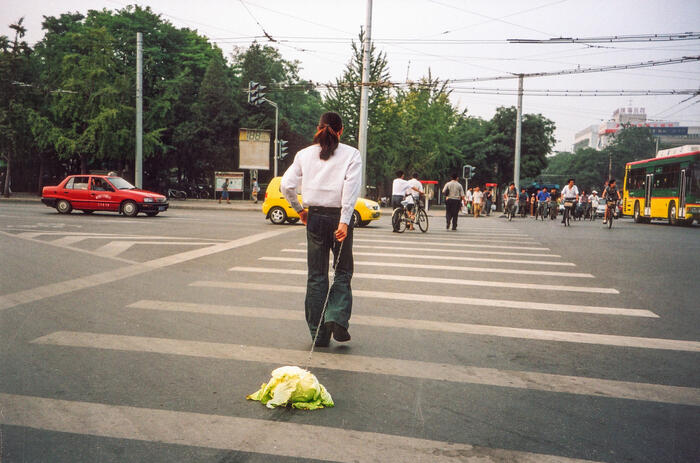HOW ART FAIRS DRIVE ECONOMIC VITALITY IN HOST CITIES
The art fair calendar offers something for every taste year-round. It kicks off in February with Zona Maco and its satellite fairs energizing Mexico City, followed by ARCO Madrid in March. In April, Chicago comes alive with gallery openings, studio visits, and events surrounding Expo Chicago. Meanwhile, in South America, Pinta Lima celebrated its 12th edition, shining a spotlight on Latin America’s contemporary art scene. May belonged to New York. Frieze New York led the way, joined by TEFAF, NADA, Independent, and Esther II—each bringing fresh proposals for diverse audiences and budgets. And let’s not forget: Art Basel is just around the corner, opening on June 18th in Basel, Switzerland—flights and hotels have already been snapped up.
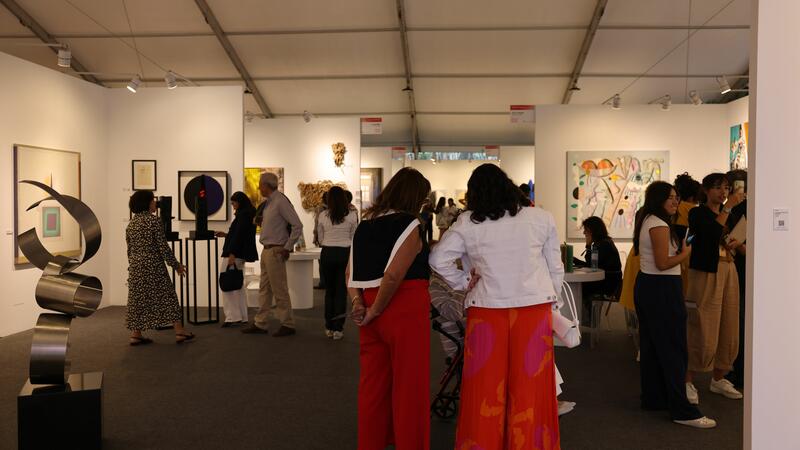
Over the past decade, contemporary art fairs have become more than just trade venues; they’ve evolved into hubs where curators, gallerists, artists, collectors, journalists, and designers come together to share insights and build collaborative networks for future projects. According to the latest Art Basel and UBS Report on the Global Contemporary Art Market, dealers reported that 30% of their new buyers come from art fairs. While this is still below pre-pandemic levels (42% in 2019)1, the number continues to rise year over year. In 2024, dealers with annual turnovers exceeding $10 million exhibited at an average of six fairs, while those with turnovers under $500,000 participated in an average of three2. Although it forms a virtuous cycle—where higher-earning dealers have the resources to attend more fairs—smaller galleries also benefit from the surge of attention and activity that larger players bring to the city.
Just as art fairs generate a significant share of sales, clients, and visibility for galleries, they also bring substantial economic benefits to their host cities. Some of the earliest fairs—structured in the format we now recognize—emerged in Europe in the 1960s, with Art Cologne and Art Brussels as pioneers. In 2019, 51% of global art fairs were still held in Europe, while the United States hosted 28%, and other locations in the Americas accounted for 5% of the total2. By 2024, this distribution remained relatively stable, with Europe and the U.S. maintaining the largest share. However, South America emerged as a distinct category, with 17 fairs recorded across the region. Over the past decade, Mexico City, Brazil, and Colombia have led the charge, while Central America has strengthened its presence over the last two years. This year marked a milestone with the inaugural edition of Pinta Panamá Art Week.
In the past five years, established art fairs have steadily expanded their reach, launching new editions of well-known brands such as Art Basel, Frieze, and Pinta, further enriching the global fair calendar. As these fairs grow, the regions that host them benefit from the influx of thousands of visitors. The arrival of affluent fairgoers generates a significant economic boost for host cities, with revenues extending far beyond the fairgrounds and exhibitors. Local businesses—including restaurants, hotels, transportation providers, and various services—see substantial gains as a result of this activity.
-
Cortesía de Frieze
Art events play a crucial role in introducing new collectors to galleries, artists, and the broader art market. In cities where the market is still emerging, these events help foster an environment that encourages the rise of young collectors and attracts established buyers to engage with newer, more innovative proposals.
However, data transparency and communication remain persistent challenges in the contemporary art world. Attendance figures, for instance, are often based on estimates, as data collection methods vary widely across fairs. Ticket sales may underestimate actual foot traffic, while click-through rates can overestimate it, failing to account for multiple visits by the same individual. A 2019 study of 100 major art fairs revealed that only 50% were willing to share detailed visitor data. Among the 475 fairs held globally, there is still no local authority or consulting firm dedicated to producing standardized reports that assess the economic impact of a fair on its host city. Nonetheless, estimates can be extrapolated using data from broader categories of cultural events.
One key insight from the study is that, on average, 70% of art fair attendees are local residents, while 30% travel from abroad. Coupled with the typical five-day duration of these events, this pattern underscores the steady economic stimulus contemporary art fairs bring to their host cities. Cultural tourism—a recognized segment of the tourism industry—has been actively promoted by the United Nations since 2015. Among its key objectives are the implementation of innovative policy and governance models, the development of cutting-edge cultural tourism projects, and the redefinition of tourism management to promote local community empowerment. Art fairs themselves often encourage international travel by inviting VIP clients, professionals, and collectors from abroad. These events draw a notable number of cultural travelers who not only purchase artworks but also book accommodations, dine at local restaurants, and visit key cultural landmarks. Their presence supports the hospitality sector and fuels the broader value chain, creating a ripple effect that amplifies economic impact across the city.
-
Cortesía Zona MACO
The U.S.
In 2024, the United States accounted for 43% of the global art market’s total value3, maintaining its status as the art world’s epicenter year after year. The number of art fairs it hosts further reinforces that position. Some figures help illustrate this impact. In 2022, Miami—home to Art Basel each December—reported $112.2 million in revenue generated by attendee spending on cultural events alone.4
In 2025, the New York City Council Committee on Cultural Affairs affirmed that culture is a key driver of the city’s tourism industry, which generated $74 billion in economic impact and attracted 66 million visitors in 2019. While these figures don’t isolate art fairs as a specific category, they highlight the substantial role cultural activity plays in the local economy. Art fairs, concentrated into five-day events, intensify this effect by accelerating the pace of cultural consumption and contributing directly to wealth generation.
-
TEFAF en Nueva York. Cortesía de Tefaf
Asia
Asia was one of the fastest-growing art markets in the early 2010s. Although its momentum has slowed, the region has consistently held the second or third largest share of the global art market. In 2024, it accounted for 18% of total market value.
The region’s art fair landscape has expanded significantly, with events like West Bund Art & Design in Shanghai, Frieze Seoul, Art SG in Singapore, and Art Basel Hong Kong attracting growing international attention. Art Basel Hong Kong, in particular, ranks among the most visited art fairs worldwide, welcoming 88,000 visitors in 2019.
-
Art Basel en Hong Kong (Art Basel)
Latin America
It’s now well known that the art fair calendar kicks off in Mexico City. In 2025, Zona Maco attracted over 80,000 visitors. Year after year, the fair has strengthened the city’s visibility on the global art map and helped cultivate a vibrant ecosystem, paving the way for satellite fairs such as Material Art Fair, Salón Acme, BADA, and FAIN Feria to thrive. In the same year, Mexico City’s Economic Development Ministry reported that cultural events generated approximately $623 million. While this figure does not break down the specific contribution of February’s Art Week, it underscores the significant economic role that events of this scale play in the city’s development.
Brazil, an art epicenter in its own right, is home to SP–Arte and the São Paulo Biennial—two major events that have cemented the country’s position in the global art market. These fairs have also played a key role in the professionalization and internationalization of Brazil’s art sector.
Peru has steadily gained visibility thanks to Pinta Lima, which celebrated its 12th edition in 2025. Over the years, the fair has become a strategic platform for showcasing Latin American contemporary art, drawing collectors, curators, and institutions from across the region and beyond. Its consistent growth has contributed meaningfully to the consolidation of the Peruvian art market. Building on this regional momentum, Panama has recently marked an important milestone with the launch of the first edition of Pinta Panamá Art Week, an initiative that signals growing interest and investment in the Central American art scene.
-
Pinta Lima 2025
Before the pandemic, art fairs were considered one of the top three challenges facing the market. Dealers expressed widespread fatigue from the demanding fair circuit, while collectors also showed signs of burnout. At the same time, growing concerns about the environmental impact of international travel added to the debate. In the post-pandemic landscape, art fairs appear revitalized. Innovations have surfaced across the sector, from leadership transitions, such as those at TEFAF, to geographic expansion, as seen with the recently announced Art Basel Qatar, set to launch in February 2026. While the number of fairs has returned to -or even surpassed- pre-pandemic levels and the fatigue persists, there is now broad industry consensus on the essential role fairs play in ensuring visibility, forging connections, and driving business.
At the same time, the reach of contemporary art fairs increasingly extends beyond the art world itself. These events function as economic and cultural catalysts, invigorating local industries, generating jobs, and contributing to the evolving identity of their host cities. Yet without consistent, transparent data collection, much of this impact remains anecdotal or undervalued.
To fully capture and leverage their potential, local authorities, governments, and independent researchers must take the lead in producing rigorous, localized studies. Accurately measuring the economic contribution of art fairs is not just an academic concern; it is a necessary step towards more informed cultural policy, sustainable development, and the strategic integration of art into the urban landscape.
1 Clare MCAndrews, Global Art Market Report 2020, Art Basel and UBS
2 Ibid
3 Clare MCAndrews, Global Art Market Report 2025, Art Basel and UBS
4 Florida Government, Economic Impact of the Arts, available at: https://dos.fl.gov/cultural/info-and-opportunities/resources-by-topic/economic-impact-of-the-arts/






